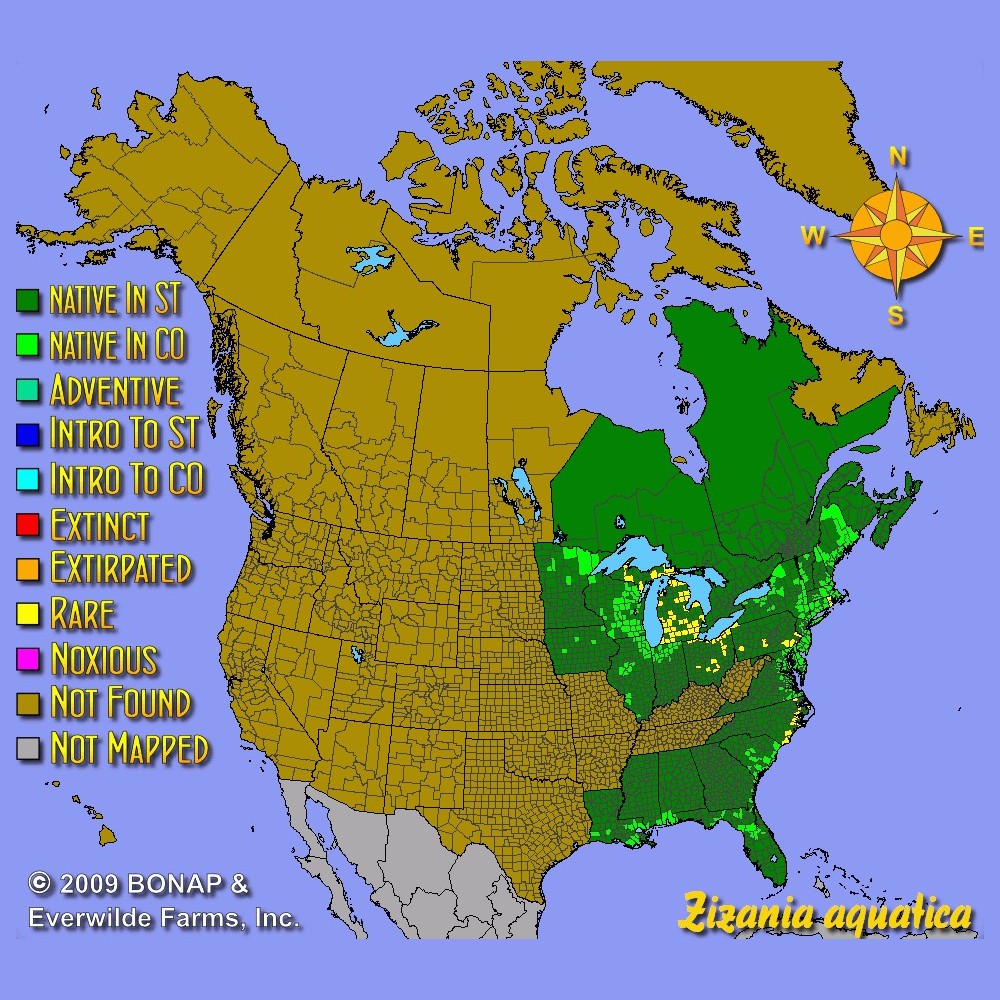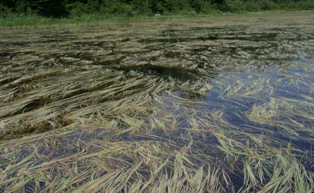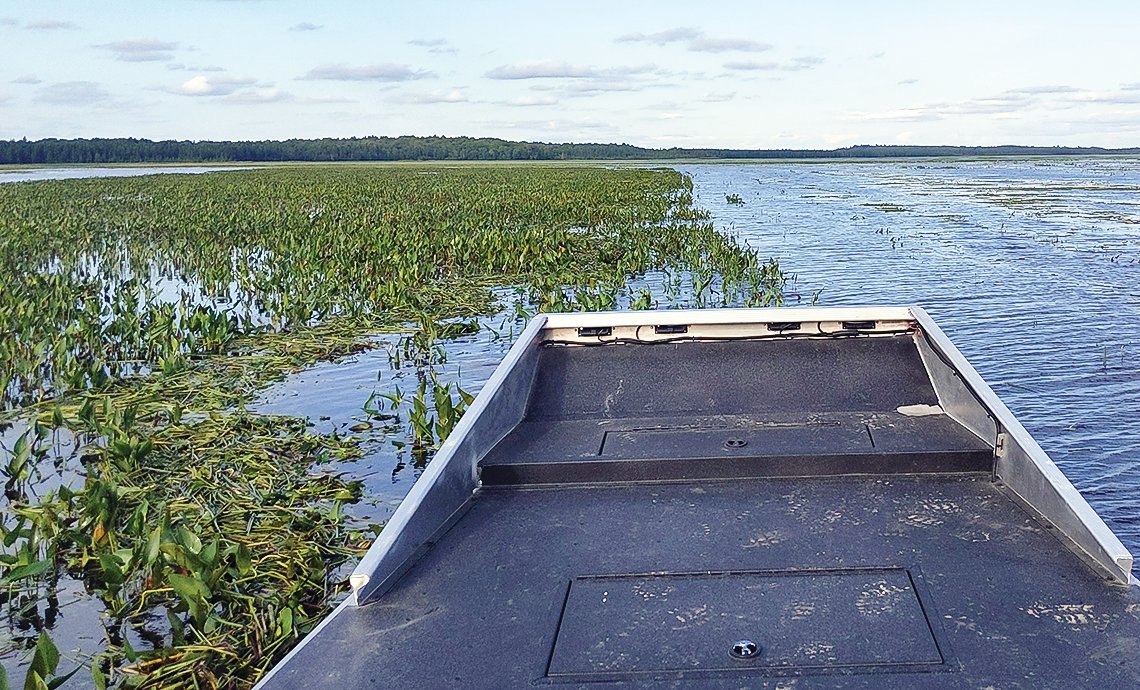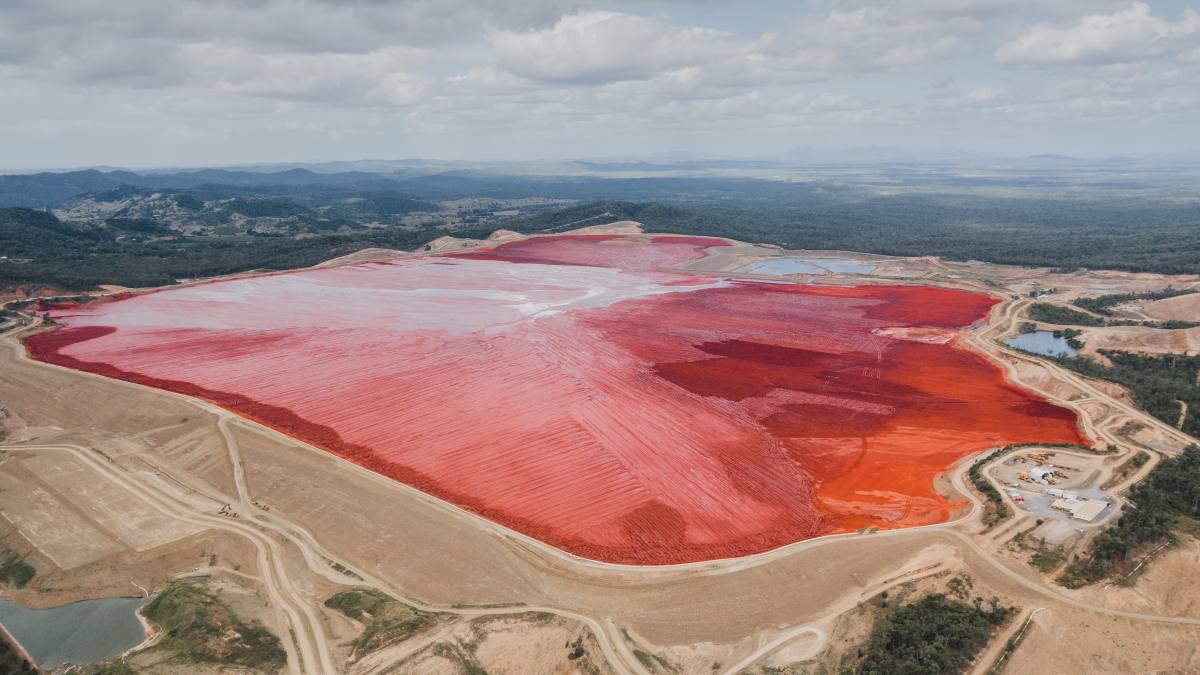
Made by Oliver for Science 10-12 Final Project
What is Wild Rice
Wild rice is a type of edible aquatic cereal grain and is not concidered a true rice. It is suppossed to have a nutty/earthy flavor to it. Other names for it include, manoomin/mnomen/manomin which is the Chippewa word for it, Psíŋ which is the dakota word for it, Canadian Rice, Indian Rice, and Water Oats.

Habitat of Wild Rice
Wild Rice has a large range. From Eastern Canada to The Gulf Of Mexico. They Enjoy slow moving water(usually streams), soft muddy substrate, and shallow water.


Conservation Challenges
Big Rice Lake
Pickerel Weed had been taking over Big Rice Lake. Starting in 1995 when the DNR got rid of beavers in an attempt to aid Wild Rice, which backfired. The Pickerel Weed has been covering the surface of the water not letting the wild rice grow, In order to reduce the Pickerel Weed population to restore the Wild Rice in 2022 the DNR got an airboat with blades to shred the surface of the water and get areas that the wild rice can grow in.

Water Levels Rising
Wild rice is threatened by water levels rising due to an increased percipitation rate. The rise in percipitation being caused by Climate change, meaning that we have more storms more frequently but more severe storms as well which can flood the habitats of Wild Rice and cause it to be flushed out easier.

Mining
Mining threatens wild rice by producing materials like waist rock and tailings(the left-over materials from processing mined ore) that create a chemical reaction to give off sulfate, which can harm wild rice. The standard amount of sulfate for wild rice to be grown in is around 10 millagrams per liter. The way this problem is being fixed is by installing a system that treats the water to bring down the sulfate levels.

Asian Carp
Asian Carp were first introduced by fish farmers in 1963 to control vegitation but they have since taken over. A study at Upper Clam Lake in Wisconsin showed that because of carp there were less seeds in the sedament of the lake, and that they directly contributed to fewer wild rice growing over the years. Throughout 2011-2012 they removed all of the carp, hopefully restoring the wild rice population.

credits/rubric | emerald ash borer